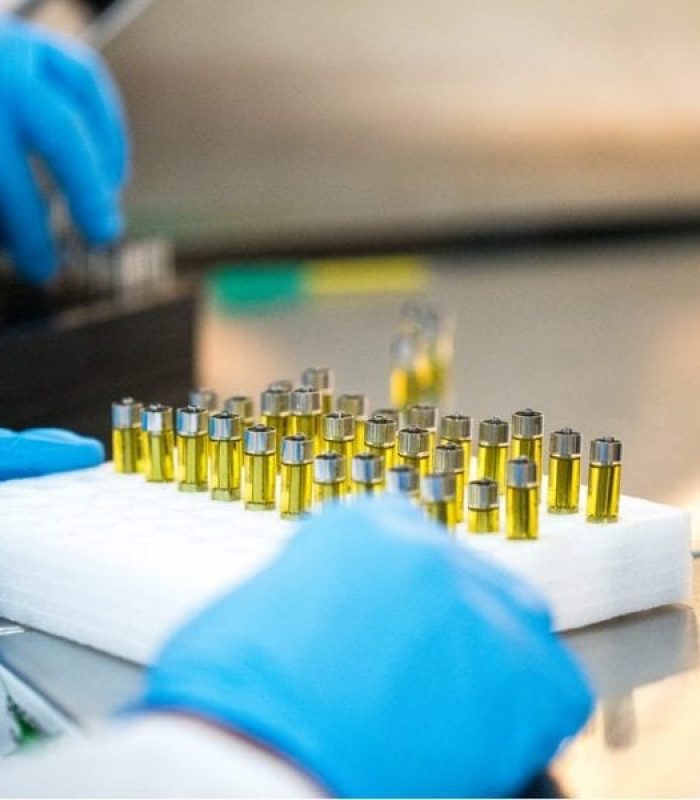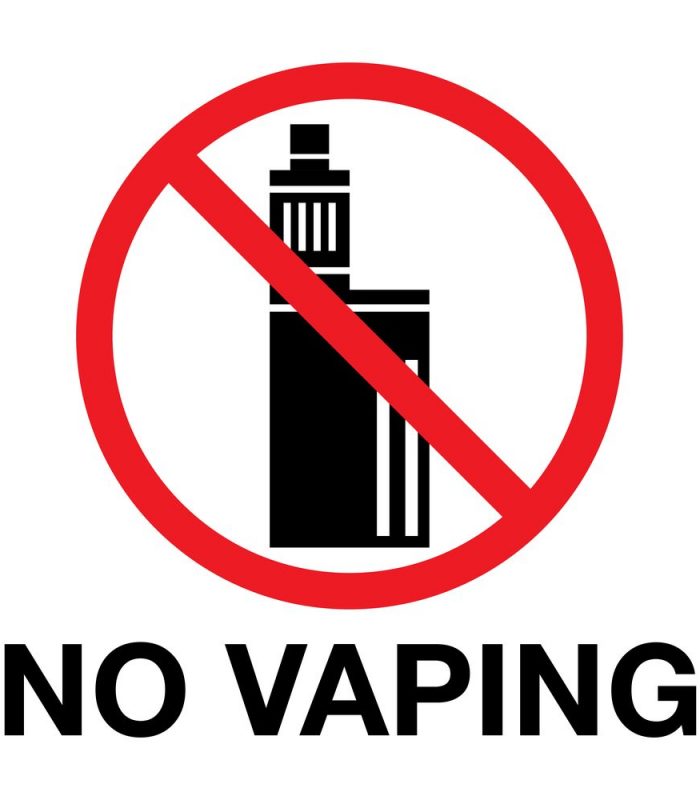Personalized cannabis medicine is happening right now with temperature control vape pens that give you the perfect temperature point.
Terpenes, the compounds in cannabis that give our favorite flower its characteristic scents and flavors, are starting to hog the spotlight. The future of directional, or customizable experiences with cannabis, is no longer a possible future. It’s the current reality, especially with the right vape pen.
When it comes to concentrates, terpenes dominate. All waxes and oils contain relatively high amounts of THC. What distinguishes most concentrates today isn’t the THC potency; it’s the terpene profile. How do terpenes affect our medicine, and what safety precautions should we consider when inhaling them?
Heating Terps – Get The Most From Your Cannabis Medicine
To understand how terpenes behave, we need to review some basic chemistry. Terpenes are aromatic organic compounds, which in everyday-speak translates to “smelly molecules that heat up easily.” We’ve already covered terpene essentials here at RxLeaf. What you’ll find below pertains specifically to heating and burning terps.
Harness The Power of Terpene Boiling Points
Oils like cannabinoids and terpenes have boiling points. Boiling point is the temperature that triggers vaporization. The heat causes the molecules in the oil mixture to vibrate and bounce around, and with enough heat, the molecules will separate from the mix. This separation takes the form of vaporization, where the molecules rise into the air so you can inhale them.

To exploit boiling points, you need a vaporizer with fine temperature control. Many vape pen units have “low” and “high” temperature settings, which can be convenient. But if you want to pinpoint specific terpenes for medicinal purposes, you’ll want temp controls that can dial down to degrees, not just “low” or “high.”
CBD and THC boil at 120°C (248°F) and 157°C (315°F), respectively. Pinene, the terpene that gives cannabis its piney fragrance, boils at 155°C (311°F). So, theoretically, if you set your vaporizer to 155°C, you can vape the CBD and pinene together, while leaving most of the THC behind. (Note that I wrote “most” because a vape unit’s temperature is rarely uniform throughout the entire unit, and some molecules can still boil off just below their boiling points.)
Other terpenes, such as caryophyllene and myrcene, boil closer to the 168-177°C (335-350°F) marks. That means to vape these terps, you’ll exceed the boiling points for THC and CBD, too. To effectively consume higher boiling-point terps like caryophyllene and myrcene, you’re going to get high. There’s no way around that with cannabis oils.
Boiling Point vs Smoke Point
Just as there’s a magic temperature to vaporize a molecule, there’s another milestone value to consider: the smoke or combustion point. When combusting a molecule, you’re literally burning it. Boiling simply heats the molecule just enough so it separates from the oil and goes airborne. Combustion, on the other hand, generates a free radical reaction where rogue electrons trigger a violent chain reaction, shattering the compounds at the molecular level.
When vaping, we try to avoid smoke points or combustion. The entire purpose of vaping is to prevent harmful free radical production in our bodies, which smoking does.
Are Terpenes Medicinal?
Short answer: yes, but it’s complicated.
Name a plant, any plant, and it contains terpenes. Terpenes found in fruits and vegetables contribute to their beneficial health effects, but inhaling terpenes hasn’t been studied much.
Research on aromatherapy provides some clues, but evidence is scant outside of anecdotes. According to the U.S. Department of Health and Human Services, there is research supporting limonene as a stimulant, but other terps such as linalool (found in lavender) instill “soothing effects” no better than placebo.
But hey, if it works for you, who’s to say it doesn’t?
Is Vaping Safe?
Short answer: we don’t really know. Electronic vaporizing is a relatively new thing in human history, and it hasn’t been thoroughly studied. We know vaporizing generates free radicals, but nowhere near the amount that smoking does. However, based on what we do know, there are some common sense precautions to take. We do know that vape cartridges are not as safe as dry vape.
Vape Fillers Can Be Dangerous
If you prefer to vape through a pen with a pre-filled cartridge, avoid carts containing fillers such as polyethylene or propylene glycols (PEG or PPG), vegetable glycerin (VG or VEG) or coconut oil. These fillers may exacerbate respiratory conditions such as asthma, and some fillers may become carcinogenic if heated too much for too long (see combustion, above).
Many vape companies are moving away from fillers and are instead making carts with pure cannabis extracts (e.g. Neos, Hummingbird, The Clear). Although carts boasting high terpene content are usually extracted with butane and/or propane, others are made with CO2 so there’s no solvent residue. Most cart brands will list the ingredients on the package, but if you’re still not sure, contact the company directly and ask.
Check The Heat Level of Your Vape Pen
As noted, smoke points or combustion will burn the terpenes rather than vape them. If burned, they may decompose into useless, free-radical generating compounds. Check the max temperature settings on your vape pen or battery to ensure you’re steering clear of smoke points. Check the user manual for more info, or contact the vape pen company for more details.
Pesticides Should be Avoided
This one’s tricky, especially since some cart manufacturers outsource their cannabis (so they may not have pesticide info on hand). There’s evidence that the extraction and concentrating processes may concentrate residual pesticides in the oils as well, which could cause health complications for some patients. Seek out vape pen companies that commit themselves to pesticide free products (e.g. AbsoluteXtracts), or make your own.

How do I Know if Vaping is Right for Me?
That’s entirely up to you (and your physician). Many patients say concentrates help them stay awake and functional. Vape carts and strain-specific oils are also better at producing repeatable, consistent effects, whereas flower may be incredibly unpredictable.
Just understand that we’re all guinea pigs at this point, but that may not be a bad thing.





